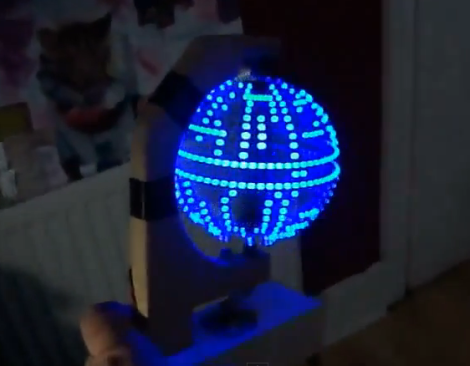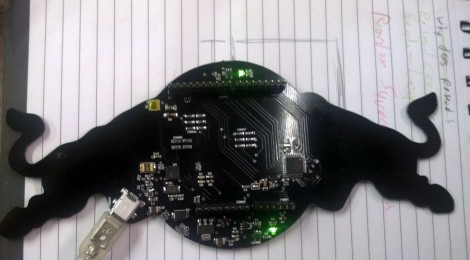Ebay-bot (my version of the start here robot)
What does it do?
This is my version of the "start here" robot. For me this was a programming exercise. I had written an obstacle avoiding sketch for my Rover 5. It worked but I was never really happy with it. Most code that I've seen online uses lots of delays in the code. Some time ago I swore to myself to never use the delay function in void loop ever again. There are various reasons for it, once you start writing more advanced code the delay function can cause lots of trouble. I also use a library (RF24network) in another project where I can not use the delay function.













